When we think about creating an engaging classroom, effective lighting often takes a backseat.
Yet, it plays a crucial role in shaping the learning environment.
The right lighting can transform a dull, uninspiring room into a vibrant space that fosters creativity and concentration.
Why Lighting Matters
Lighting is more than just a way to brighten a room; it directly influences mood, focus, and even behavior among students. Here’s how:
Mood Enhancement: Well-lit spaces can elevate the overall atmosphere, making students feel more comfortable and enthusiastic about learning. Softer, ambient lighting can create a calming environment, while bright lights can energize the room.
Improved Focus: Adequate lighting helps students stay alert and engaged. Natural light or bright LED options can reduce eye strain and fatigue, allowing students to concentrate better on tasks.
Behavioral Impact: Studies show that students exposed to flickering or harsh fluorescent lights may exhibit increased anxiety or restlessness. On the other hand, a thoughtfully lit classroom can promote a more peaceful and focused learning experience.
Understanding Classroom Lighting Types
To create an effective learning environment, it’s essential to understand the different types of lighting and how they can be utilized in your classroom.
Each lighting type serves a unique purpose, enhancing both the aesthetic and functional aspects of the space.
1. Ambient Lighting

Ambient lighting is the foundation of any well-lit room.
It provides overall illumination, ensuring that the space feels welcoming and comfortable.
Ambient lighting creates a soft, even light throughout the room, reducing harsh shadows and minimizing eye strain.
It sets the mood for the entire classroom, promoting a calming environment conducive to learning.
Examples of Ambient Lighting Solutions:
- LED Strips: These can be installed along walls or ceilings to provide a gentle glow. They are versatile and can change colors, allowing for different moods.
- Soft Lamps: Table lamps with warm bulbs can add a cozy touch. Consider using lamps with dimmable features for adjustable lighting levels.
2.Task Lighting

Task lighting is crucial for focused activities, providing additional brightness where needed.
This type of lighting helps students concentrate on specific tasks, such as reading or writing.
It reduces eye strain and allows for detailed work without distractions.
Suggestions for Task Lighting Options:
- Desk Lamps: Adjustable desk lamps can be placed at individual workstations, providing focused light directly onto students’ materials.
- Clip Lights: These can be attached to desks or bookshelves, offering flexible lighting solutions for reading corners or group work areas.
3. Accent Lighting

Accent lighting adds a decorative touch while also highlighting specific areas or objects in the classroom.
Accent lighting draws attention to student projects, bulletin boards, or artwork, showcasing their achievements and creating a sense of pride.
Creative Ideas for Using Accent Lighting:
- Color-Changing Lights: These can be programmed to change colors during different activities, enhancing the atmosphere and engagement.
- Spotlights: Use small spotlights to illuminate student displays or learning centers, making them focal points in the room.
4.Decorative Lighting

Decorative lighting combines aesthetics with functionality, adding personality to the classroom.
This type of lighting not only serves a practical purpose but also contributes to the overall design and theme of the classroom.
Examples Like Fun-Shaped Lamps or Themed Lights:
- Fun-Shaped Lamps: Consider using lamps shaped like animals, stars, or other fun designs that can spark creativity and conversation among students.
- Themed Lights: Incorporate lights that align with classroom themes or subjects, such as globes for geography or books for literature, adding an educational twist to decor.
Benefits of Upgrading to LED Lighting
Improved Student Performance: Bright, clear lighting fosters engagement and enhances focus. Research shows that LED lighting significantly boosts academic performance by providing a better learning environment.
Health Benefits: LED lighting reduces eye strain, headaches, and mood swings associated with poor lighting. It mimics natural light, positively influencing students’ circadian rhythms and improving overall well-being.
Cost Savings: Although the initial investment in LEDs may be higher, the long-term savings are significant. LEDs use up to 90% less energy, lowering utility bills, and many schools benefit from rebates for energy-efficient upgrades.
Environmental Impact: Transitioning to LED lighting supports sustainability efforts. With a longer lifespan and lower energy consumption, schools can reduce their carbon footprint and contribute to a healthier planet for future generations.
Creative Classroom Lighting Ideas
1. String Lights

Decorative string lights create a warm, inviting atmosphere.
Drape them along bulletin boards or windows to add a cozy touch that makes the classroom feel more welcoming.
2. Color-changing LEDs

Installing color-changing LED strips allows teachers to adjust the lighting based on the lesson’s mood or time of day.
This dynamic lighting enhances student engagement and keeps the environment lively.
3. Projector Lighting

Use projectors to display calming images or educational visuals on the walls.
This not only adds ambiance but also reinforces lesson content, making learning more visually appealing.
4. Panel Lights
Panel lights provide smooth, even illumination across the room, reducing glare and eye strain. Install them in the ceiling to create a balanced lighting foundation that supports focus and a calm atmosphere, making it easier for students to concentrate.
Place panel lights throughout the classroom to maintain consistent lighting and foster an inviting environment that feels bright and comfortable.
5. Light-Up Whiteboards

Whiteboards with integrated lighting make lesson materials vibrant and eye-catching.
Enhanced visibility helps students focus on the content, fostering better participation and understanding.
6. Downlights
Downlights offer targeted illumination, perfect for specific classroom areas like reading nooks or group workspaces. Their recessed design minimizes distractions, while adjustable options allow teachers to create the right mood for each activity.
Install downlights in study corners or over workstations for focused lighting that enhances productivity without overwhelming the space.
7. Mood Lighting Controls

Implement smart lighting systems that allow teachers to change the color and intensity based on activities.
For example, use soft lighting for reading and bright lighting for discussions to enhance focus.
8. Natural Light Simulation
Use light bulbs that mimic natural daylight to help regulate students’ circadian rhythms.
This can improve focus and overall well-being, creating a more conducive learning environment.
9. Hanging Lanterns

Suspend paper or fabric lanterns from the ceiling to create a cozy atmosphere.
These can also add cultural elements to lessons, enriching students’ learning experiences.
10. Interactive Light Panels

Install interactive light panels that respond to touch or movement.
This encourages students to engage with their surroundings, making learning more dynamic and interactive.
11. Under-Desk Lighting

Add soft LED strips under desks to create a calming effect.
This can help reduce the harshness of overhead lights, making the classroom feel more comfortable and inviting.
12. Track Lights
Track lights bring flexible, directional lighting to showcase classroom displays, artwork, or featured projects. With adjustable heads, they highlight key areas, drawing students’ attention to bulletin boards or educational displays, adding layers of interest to the room.
Mount track lights over student project zones or bulletin boards to spotlight achievements and encourage engagement with classroom materials.
Incorporating Natural Light
Incorporating natural light into classrooms can transform the learning environment and enhance student well-being.
Here are some effective strategies and benefits:
Maximizing Natural Light

- Positioning Desks: Arrange desks near windows to take full advantage of natural light. This can help create a more inviting atmosphere and improve students’ mood.
- Clear Windows: Ensure that windows are clean and unobstructed to allow as much light as possible into the room. Regular maintenance can make a significant difference.
- Use Reflective Surfaces: Incorporate reflective materials, like light-colored walls or mirrors, to bounce natural light around the room, brightening the space without additional lighting.
Benefits of Smart Window Treatments

- Light-Filtering Blinds: Install window treatments that filter light while minimizing glare. These can soften the sunlight, creating a comfortable environment for reading and other activities.
- UV Protection: Choose treatments that block harmful UV rays to protect students and classroom materials while still allowing ample natural light in.
- Adjustable Options: Use adjustable window coverings that let teachers control the amount of light entering the room throughout the day, adapting to different activities and times.
FAQs about Classroom Lighting
How does lighting affect student performance?
Lighting significantly impacts student performance by enhancing focus and engagement. Bright, clear lighting can create a vibrant atmosphere, making it easier for students to stay attentive and participate actively in lessons.
What are the best types of lighting for classrooms?
The best types of lighting for classrooms include ambient, task, accent, and decorative lighting. Ambient lighting provides overall illumination, task lighting focuses on specific areas for activities, accent lighting highlights student work, and decorative lighting adds a personal touch to the environment.
Can LED lights help reduce eye strain in students?
Yes, LED lights can help reduce eye strain. Unlike fluorescent lights, which can flicker and create glare, LEDs provide consistent, clear lighting that is easier on the eyes, promoting a more comfortable learning experience.
What are some budget-friendly classroom lighting options?
Budget-friendly options include using string lights, color-changing LEDs, and DIY light fixtures made from recycled materials. These solutions are not only cost-effective but also add a creative and personalized touch to the classroom.
How can I incorporate natural light into my classroom?
To incorporate natural light, position desks near windows, use light-filtering blinds to minimize glare, and keep windows clean and unobstructed. Reflective surfaces can also help maximize the amount of natural light that enters the room.
Conclusion
Incorporating effective lighting in classrooms is essential for fostering a positive learning environment.
From improving student performance to enhancing mood, the right lighting choices can transform educational spaces and promote engagement.
Emphasizing natural light and modern LED solutions can make a significant difference.
Ready to revamp your classroom lighting?
Explore creative options and make informed decisions that enhance your learning environment.
Contact us today to discuss how we can help you achieve your ideal classroom lighting setup!


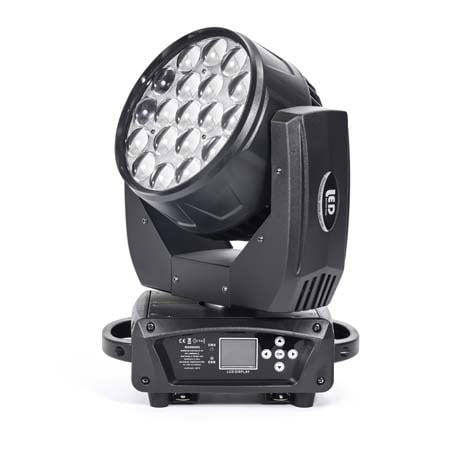






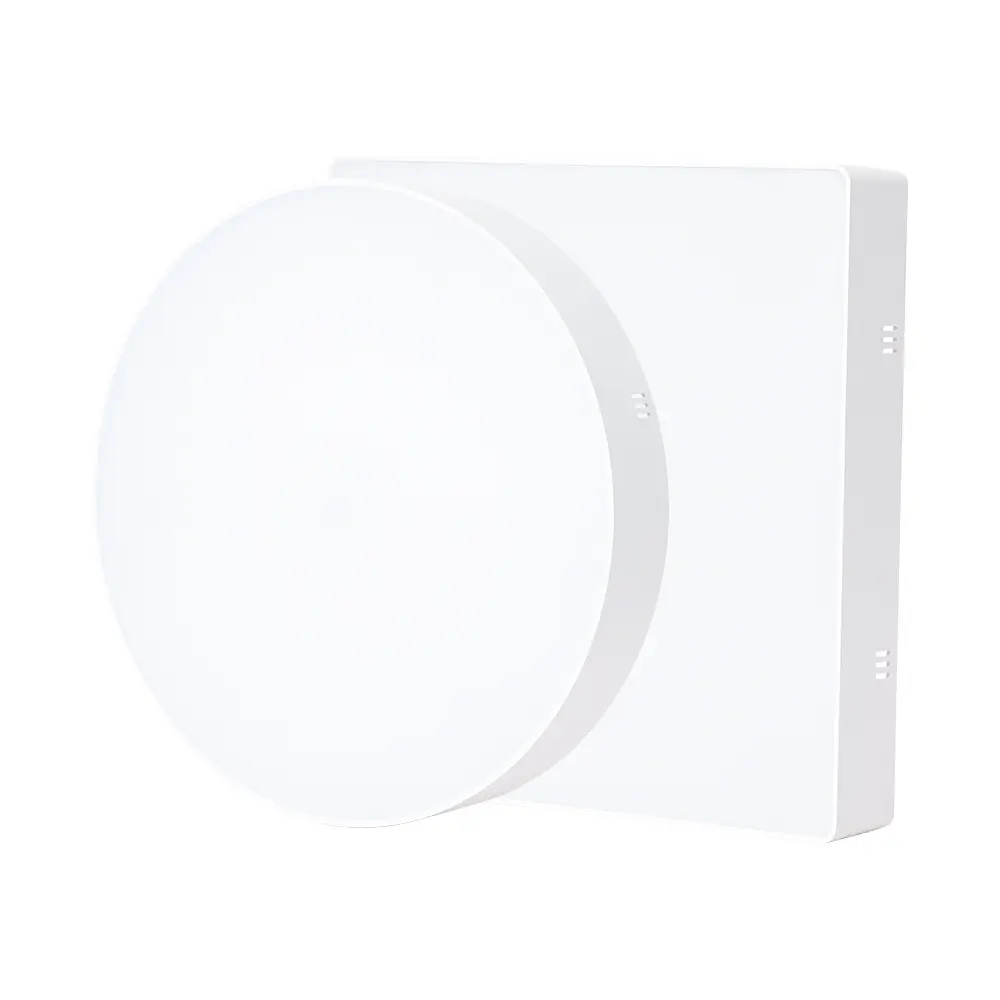

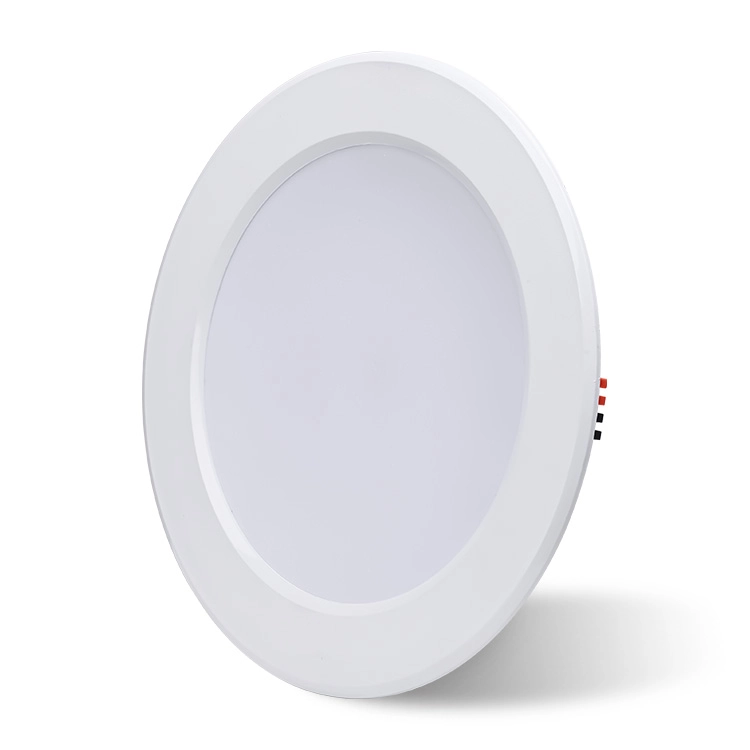


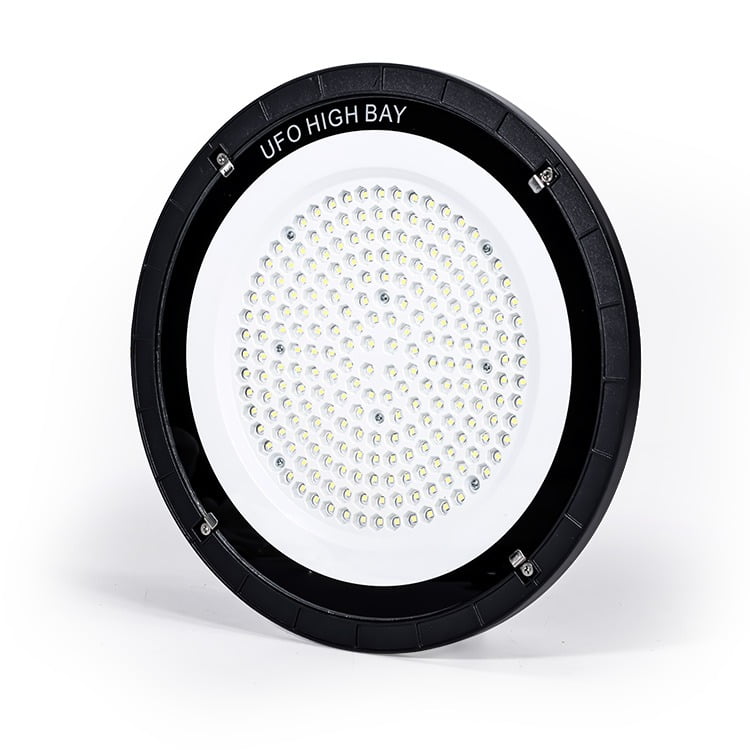
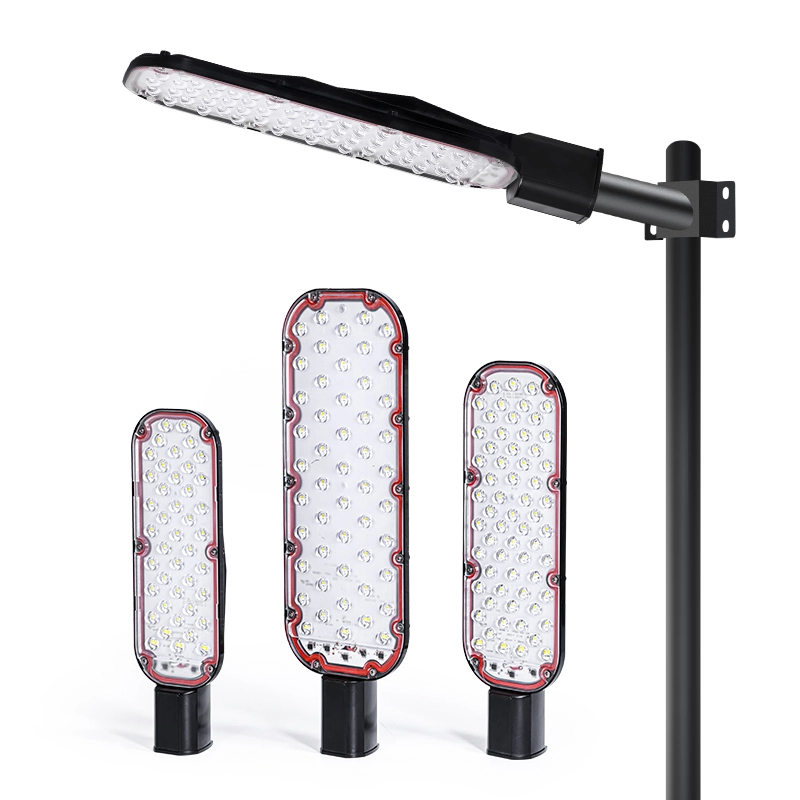

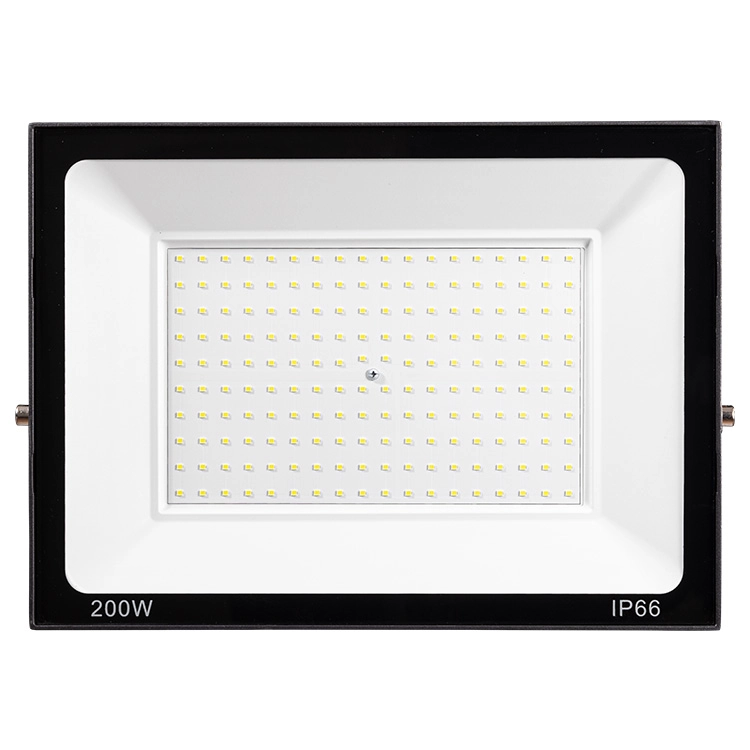
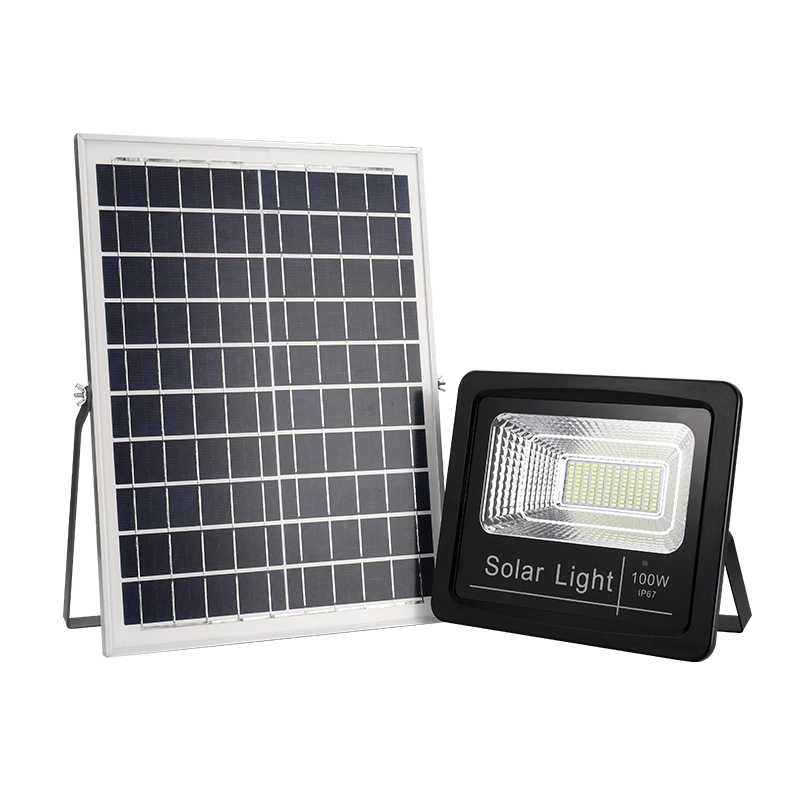

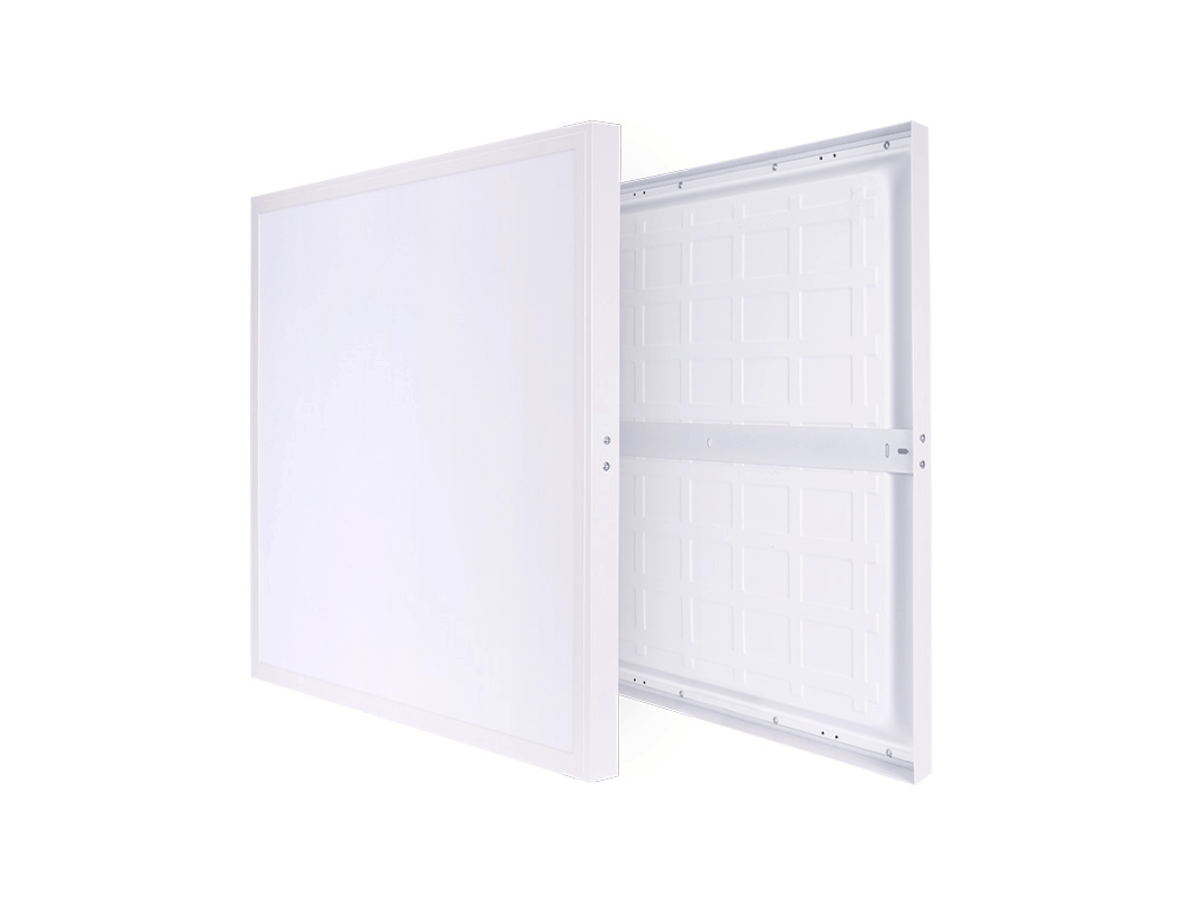

![led design ideas - 17 LED Design Ideas to Transform Your Home [February 2025] - Vorlane led design ideas - 17 LED Design Ideas to Transform Your Home [February 2025] - Vorlane](https://vorlane.com/wp-content/uploads/2025/01/led-design-ideas.webp)
![outdoor lighting ideas - 20 Brilliant Outdoor Lighting Ideas: Transform Yard [2025] - Vorlane outdoor lighting ideas - 20 Brilliant Outdoor Lighting Ideas: Transform Yard [2025] - Vorlane](https://vorlane.com/wp-content/uploads/2025/02/outdoor-lighting-ideas.jpg)
![disadvantages of led lights - Disadvantages of LED Lighting: Reveal Cost, Real Risk [2025] - Vorlane disadvantages of led lights - Disadvantages of LED Lighting: Reveal Cost, Real Risk [2025] - Vorlane](https://vorlane.com/wp-content/uploads/2025/01/disadvantages-of-led-lights.webp)
![Best LED Lights for Home - Best LED Lights for Home: Top Choices [2025] - Vorlane Best LED Lights for Home - Best LED Lights for Home: Top Choices [2025] - Vorlane](https://vorlane.com/wp-content/uploads/2025/01/Best-LED-Lights-for-Home.webp)
![beam angle calculator - Beam Angle Calculator – Simplify Lighting Calculations [2025] - Vorlane beam angle calculator - Beam Angle Calculator – Simplify Lighting Calculations [2025] - Vorlane](https://vorlane.com/wp-content/uploads/2025/01/beam-angle-calculator.webp)
![COB Light vs Panel Light - COB Light vs Panel Light: Understanding the Differences [2025 ] - Vorlane COB Light vs Panel Light - COB Light vs Panel Light: Understanding the Differences [2025 ] - Vorlane](https://vorlane.com/wp-content/uploads/2025/01/COB-Light-vs-Panel-Light.jpg)

